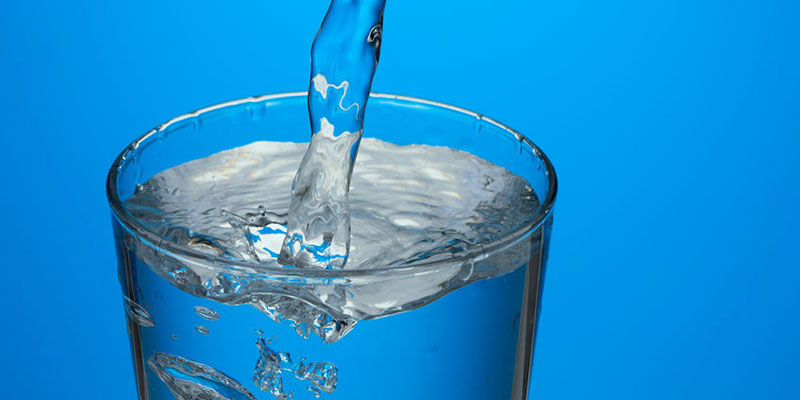Ultrafiltration removes particulates and macromolecules, an important role in the production of potable water.
Ultrafiltration with semipermeable membranes can play an important role in water purification because of its compactness and efficiency
Ultrafiltration (UF) is a water purification process in which water is forced through a semipermeable membrane. Suspended solids and high-molecular-weight solutes remain on one side of the membrane, the retentate side, while water and low-molecular-weight solutes filter through the membrane to the permeate side.
UF can remove most organic molecules and viruses, as well as a range of salts. It has gained popularity because it produces a stable water quality no matter the source water, has a compact physical footprint, removes 90-100% of pathogens, and does not require chemicals, except for cleaning membranes.
UF was first described at the end of the 19th century, but the practical start of ultrafiltration as a separation process came in 1963, coming on the heels of the discovery of the asymmetric cellulose acetate reverse osmosis membrane in the 1950s, and MIT’s discovery of polyelectrolyte complex hydrogels at the beginning of the 1960s.
Modern membrane technology started in the late 1990s, when polymeric membrane chemistry and processing techniques began to be used in membrane manufacturing. These new materials and manufacturing methods made UF an efficient, competitive process for water treatment.
In 2019, the global ultrafiltration membrane market size was $5.3 billion. While the pandemic put a damper on investment in 2020, the market is projected to recover in 2021 and grow substantially moving forward, with efficiency advancements and increasing water safety regulations expected to drive adoption.
UF Membrane Characteristics
The pore size of ultrafiltration membranes ranges from 0.1 to 0.01 microns, but “molecular weight cut-off” (MWCO) is now one of the best ways to describe UF membranes. MWCO is the molecular weight at which 90% of a macromolecular solute does not pass through the membrane. UF’s range of filtration lies between microfiltration and nanofiltration.
The membranes used in ultrafiltration require maintenance cleaning to prevent fouling with solids, scaling, and microbiological agents such as microbes and algae. Separated contaminants condensed in the UF retentate must be disposed of.
Typical UF applications include:
- Treatment and recycling of wastewater and industrial process water
- Removal of particulates and macromolecules (for example, 90-95% arsenic removal) for potable water production
- Standalone systems
- Augmentation or replacement of secondary and tertiary filtration stages in existing water treatment plants
- Filtration of paper pulp mill effluent
- Food and beverage industry applications
- Water softening
Advantages of UF
Ultrafiltration technology is able to do more work in 50% less space than legacy processes, which is why UF pretreatment was chosen as standard equipment for all of Fluence’s compact NIROBOX™ seawater and brackish water modular desalination units.
UF pretreatment can extend the life of reverse-osmosis membranes in the treatment of high-silt density index (SDI) waters. They require lower investment, deliver reduced operating costs, use no coagulants, and require little chemical use.
Standalone stainless steel skid-mounted Fluence UF units are available for a variety of uses, such as reverse osmosis (RO) pretreatment, surface water clarification, treatment of high-SDI groundwater, seawater pretreatment, arsenic removal, primary and secondary treatment of effluents for reuse, and bacteriological treatment for mineral water.
Contact Fluence for a full range of ultrafiltration options.

